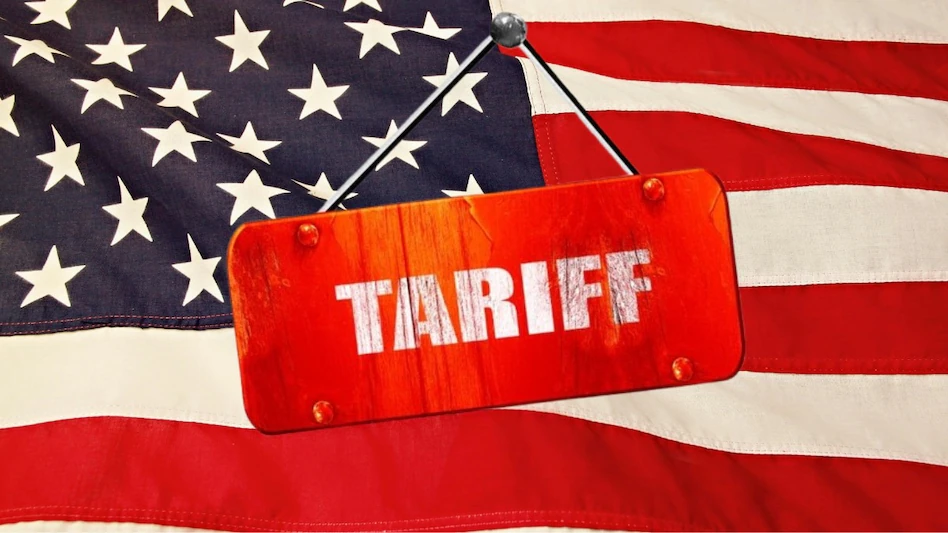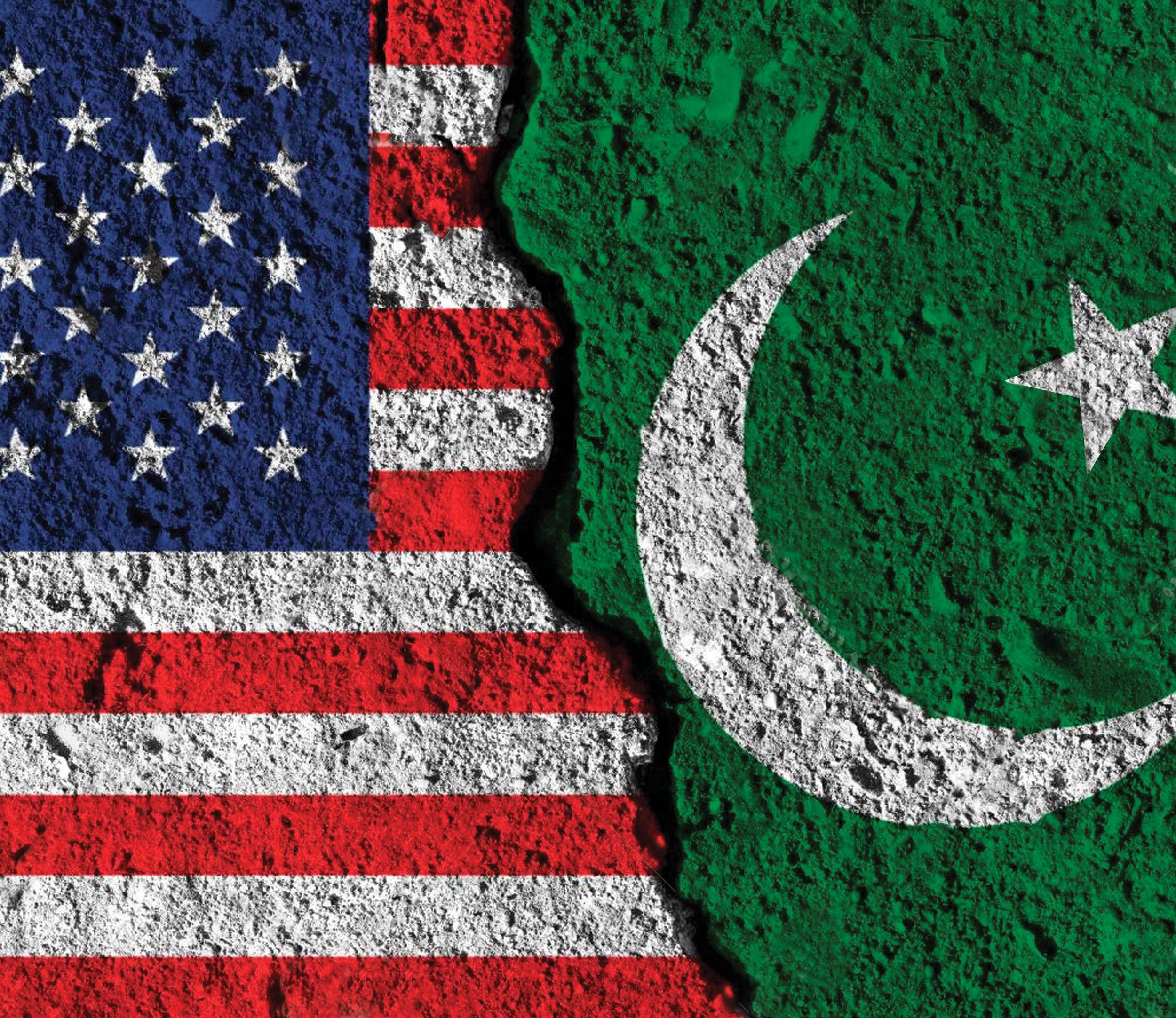US President Donald Trump has upended decades of trade norms with a new round of sweeping tariffs, shaking global markets and threatening the stability of international trade. These tariffs, which took effect early Wednesday, target imports from major trading partners such as China and the European Union, dramatically increasing import duties on goods from these countries.
Trump and his supporters argue that these measures are vital to revitalizing America’s manufacturing sector, a move they deem crucial for national security. However, the implications are far-reaching, with tariffs set to affect over $2 trillion in imports, pushing the US tariff rate to its highest level in more than a century. As a result, key consumer goods, including clothing, could see price hikes of up to 33%, raising concerns about inflation and economic stability.
The Economic Fallout
The immediate aftermath of the tariff hikes has been marked by significant market volatility. The US stock market, already on a downward trajectory, continued to slide on Tuesday, with the S&P 500 dropping to its lowest level in over a year. Other global markets, including those in Japan, Germany, and the UK, have also experienced declines as investors brace for the broader economic consequences of the escalating trade conflict.
Many analysts are warning of near-certain global economic damage, as trade shrinks, production outside the US decreases, and consumer demand wanes. The uncertainty surrounding future tariff rates and trade negotiations is causing significant apprehension among businesses, many of which are now putting shipments on hold to avoid potential losses.
A Global Trade War in the Making
Trump’s actions have already put the US on a collision course with China, which was the country’s third-largest supplier of imports in 2022. The White House is pushing ahead with an additional 50% tariff on Chinese goods, on top of the 54% duties already announced. Beijing has shown no signs of backing down, criticizing Trump’s approach as “bullying” and warning that the trade war will continue as long as the US insists on pursuing its aggressive tariff strategy.
The uncertainty around this escalating trade conflict has paralyzed businesses with long-standing ties to China. For example, US toy manufacturer Basic Fun! has been forced to halt shipments to the US, citing the uncertainty created by the tariffs. “We just have to hold our shipments until this thing gets sorted out,” said Jay Foreman, the company’s CEO.
The Potential Economic Consequences for the US
While Trump insists that these tariffs are a necessary step to tackle trade imbalances and the outsourcing of American jobs, the economic impact could be severe. According to experts, the tariffs could result in the loss of 600,000 jobs in the US and cost the average household around $3,800 in purchasing power.
The key issue, however, is the uncertainty. As businesses and consumers struggle to predict future tariff rates, many are reluctant to make investments or long-term plans, further exacerbating the instability in the economy. With no clear resolution in sight, the US economy may face prolonged turbulence, with global consequences.
In conclusion, while Trump’s administration aims to use tariffs to restore US manufacturing dominance, the economic risks and uncertainties could outweigh the potential benefits. The trade war could lead to significant job losses, price increases, and long-term economic disruption, with no clear end in sight. As the conflict continues, it remains to be seen whether a resolution is possible or if the global economy will continue to feel the strain.
















